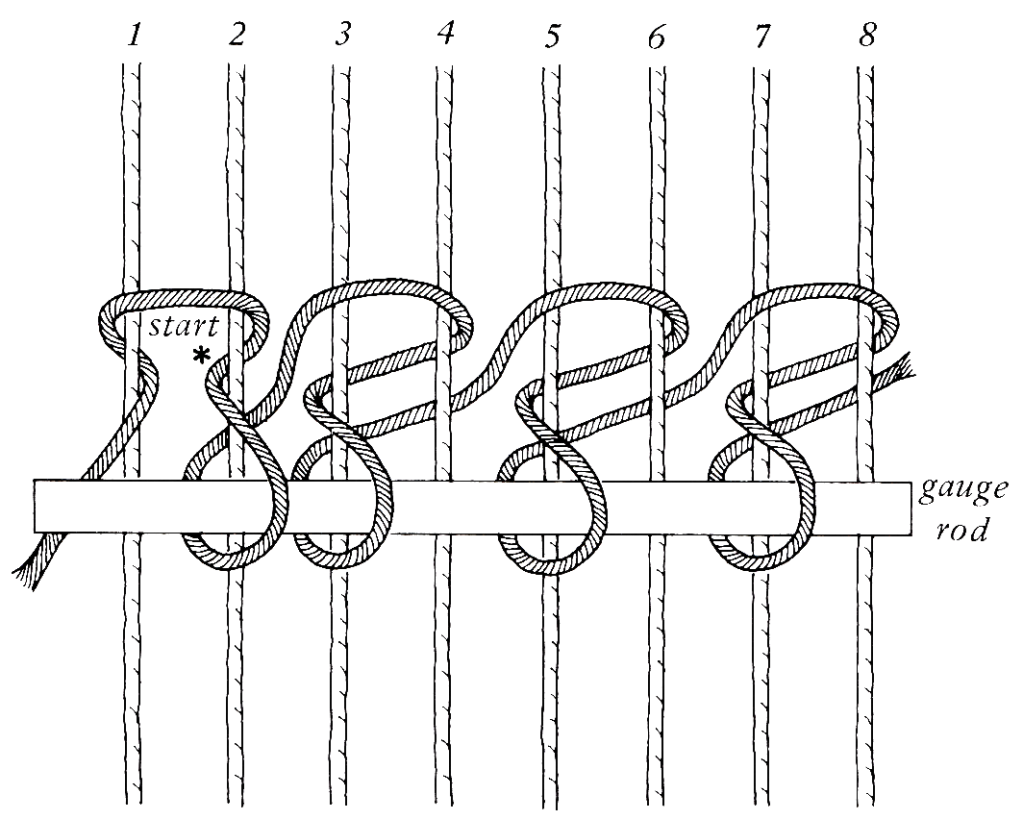


A Brief History of Tibet
Historically the areas designated as Tibet were within the Himalayan plateau, a region defined by a high-altitude ecosystem surrounded within the largest and most forbidding mountain ranges in the world. The Tibetan peoples were primarily a semi nomadic people that were distinct from their largely agrarian Chinese and Indian/Nepali neighbors who lived in the more fertile and lower altitude plains.
Tibet gained prominence in the 7th century when the Tibetan plateau and surrounding areas in India and China were consolidated into the Tibetan Empire. It was during this period that Buddhism was introduced and would eventually become the state religion. By the 13th Century the Mongols would invade the region establishing the Yuan Dynasty in China and Tibet. Tibetan Buddhism was favored by Mongols and became the defacto state religion. The Tibetans would enjoy considerable autonomy and a special patron-priest like relationship was established. This relationship along with geographic isolation allowed Tibetan institutions to develop a theocratic culture dominated by Buddhist values with a significant portion of the of the population working as monks and nuns. This relationship would persist in one form or another through subsequent dynasties up until the 20th Century.
In 1950, soon after the communist revolution in China, Mao Zedong’s forces invaded and occupied Tibet and established TAR or the Tibet Autonomous Region. Despite the presence of Chinese troops much of Tibet remained largely autonomous except for the eastern regions where communist led land reforms took place. As the eastern regions of Amdo and Kham were being absorbed into China, tensions were inflamed leading to a resistance movement that would spread throughout Tibet and ultimately lead to a national uprising. By 1959, China would pacify the uprising and follow up with a series of reprisals. During this period and the subsequent cultural revolution a majority of Tibet’s 6,000 Buddhist Monasteries would be destroyed. The Dalai Lama along with 80,000 Tibetans would flee the country to neighboring India and Nepal in the first of many waves of migration that continue into the 21st Century.

Tibetan Weaving Tradition
Although Tibetan rugs were not widely known prior to their exodus, their weaving culture dates at least to the 3rd or 4th century AD. Only a couple of examples are known from this period but they showcase the distinct Tibetan “slip-loop” technique. Up until the late 19th century, most surviving examples feature relatively simpler designs and a limited color palette. Major design inspiration would come both from Chinese decorative tradition and Buddhist culture. Buddhist monasteries were usually decorated with many rugs. Specific types were woven as banners and to decorate the pillars and the altar tables. Although Tibetan weavers would weave some of these rugs many were actually woven in neighboring provinces of Ningxia and Gansu. This was a result of imperial and aristocratic patronage during the Ming and Qing dynasties when rugs were given as tribute. The primary focus of Tibetan weavers would be on saddle rugs, sleeping rugs (khaden), cushion covers and most commonly seating rugs.
By the late 19th century synthetic dyes were introduced by Indian merchants and were widely adopted. The Tibetan rugs of the early 20th century are not only distinctive for their continued use of the “slip-loop structure, but also their bright colors and whimsical designs. Contrasting with other traditions, Tibetans were not bound by strict rules governing religious art and weavers were often playful and unrestricted in their creations. Besides classic checkerboard designs and floral motifs, they would also create imaginative carpets depicting flayed human skins, dancing skeletons and cartoon like tigers.
Tibetans have been able to keep much of their unique culture, language and traditions alive while in exile. The diaspora would go on to establish workshops in India and Nepal which not only continued their weaving tradition but also worked as a springboard to bring it to a broader global audience. Our rug is a great example of this evolution. It maintains the essence and spirit of traditional Tibetan weaving adapted to new environs and new patrons.

Slip-loop pile: Yarn is looped around the warp and gauge rod, and then onto the next bit of warp, gauge rod, warp gauge rod, etc. Once a whole row is looped around the rod, the loops are cut along the rod to form a row of pile. This technique allows for work to progress quickly, and for the designs to progress one row at a time, the whole width of the warp. There are many variations to this technique, with the major variation resulting in rugs with fringes on all four sides.

Ganesha
Depictions of Ganesha are widely spread throughout south and southeast Asia. He is major deity within the Hindu Pantheon, one of the most well known and revered deities. Ganesha is known as the remover of obstacles, the patron of arts and sciences, intellect and wisdom. As the god of beginnings, he is often worshipped by those embarking upon a new venture, and honoured at the start of rites and ceremonies.

We sourced our information from: Tibet: A History, Sam van Schaik, The Tibetan Carpet, Phillip Denwood and Hali Magazine. As well as discussions with our friend Rupert Smith a dealer of Tibetan rugs based in Nepal.


